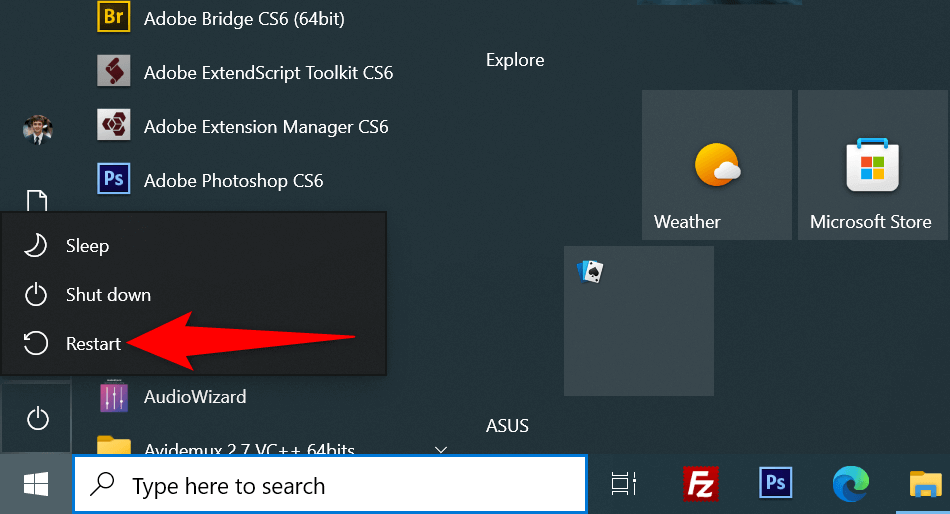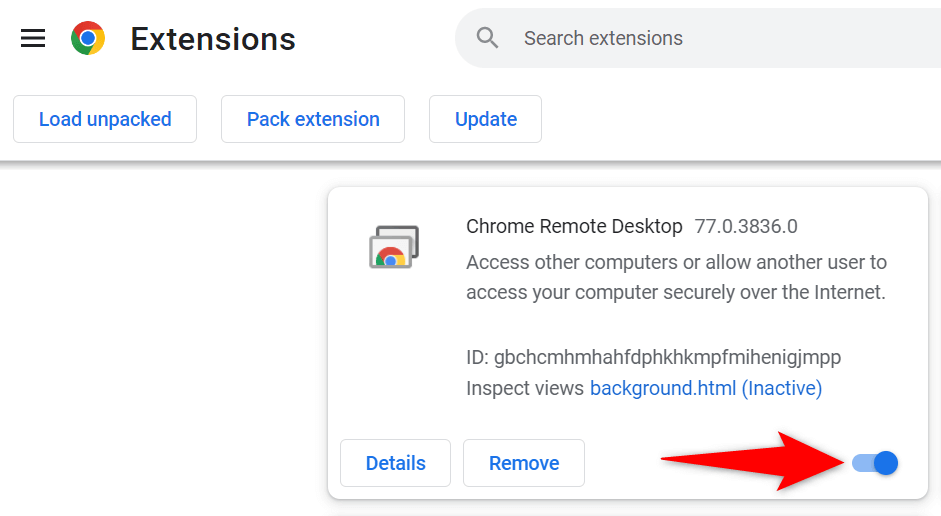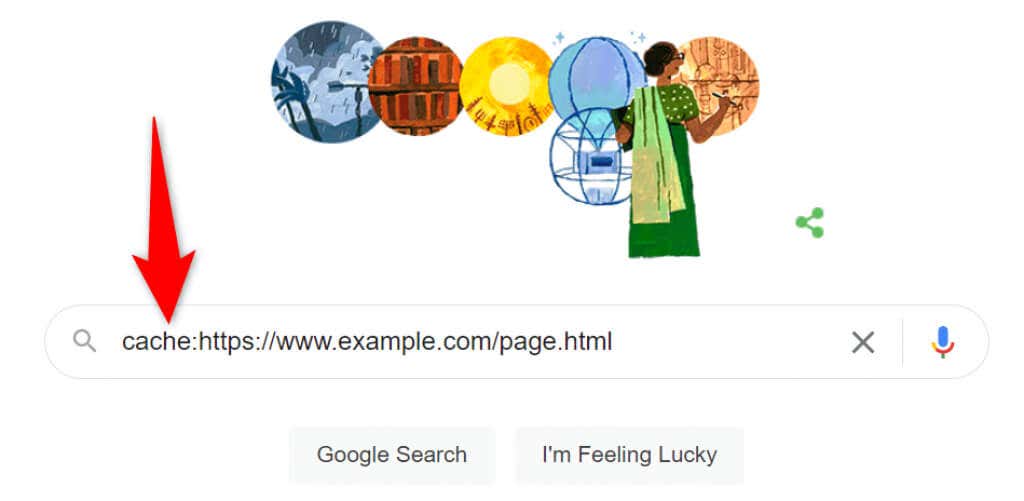Every trick that we can think of
[https://stock.adobe.com/images/businessman-using-computer-laptop-with-triangle-caution-warning-sing-for-notification-error-and-maintenance-concept/510612444?prev_url=detail]
Are you having trouble loading a web page in your browser? If so, your web page may be down or your device may have an issue preventing your access. We’ll look at the possible ways to resolve the problem so you can access your favorite site.
The most common causes of the issue include the web page facing downtime, a faulty internet connection, DNS outages, and more. You’ll learn how to fix all these elements on your machine.
Check Out Our Dedicated Guide for Your Specific Web Page Error
If your browser displays a specific error number when you load your web page, check out our dedicated guide for that particular error to learn how to resolve the issue.
The most common errors you may encounter in your web browser are:
If your browser doesn’t display an error number, then read on to learn other fixes.
Make Sure Your Internet Connection Is Working
It goes without saying that you need an active internet connection to load web pages. Your network connection may be experiencing an issue, causing your web pages not to load.
You can check your connection’s status by launching a web browser on your device and opening a site like Google or Bing. If your site loads, your internet access is working.
If your site doesn’t load, your connection has problems. In this case, try to resolve those issues yourself or seek your internet company’s help.
Check if the Web Page Is Down
The web page you’re trying to access may be facing downtime, causing your browser not to load the page. It’s normal for issues like these to occur.
You can check if your site is facing an outage by using an online tool like DownForEveryoneOrJustMe. Open this site in your web browser, enter your web page’s link, and the site will tell you whether your page is up or down.
If your web page is down, you can’t do anything but wait for the site’s webmaster to fix the issue and bring the page back up.
Restart Your Computer
Your computer’s minor problems can interfere with your web browser, making it unable to load web pages. In this case, you can give your computer a reboot and potentially resolve your issue.
Restart a Microsoft Windows PC
- Open the Start menu and select the Power icon.
- Choose Restart in the menu.
Restart a Mac
- Select the Apple logo at the top-left corner of your screen.
- Choose Restart in the menu.
When your computer turns on, open your web browser and launch your web page.
Use a Different Browser
One reason your web page isn’t loading is that your browser has a specific issue. These browser-based problems can prevent your access to various sites and not just specific pages.
In that case, use another browser on your computer and see if your site loads. For example, if you’re currently using Google Chrome, switch to Mozilla Firefox and try to load your site.
If your site loads in the other browser, your previous browser has a problem. You can try to resolve the issue by resetting or reinstalling your browser.
Check Your Web Browser’s Extensions
Browser extensions sometimes affect your web browsing sessions, causing some web pages not to open. Your issue may be the result of a faulty browser add-on.
You can verify that by toggling off or removing your extensions and see if your page loads.
Disable or Remove Extensions in Chrome
- Select the three dots in Chrome’s top-right corner and choose More tools > Extensions.
- Find the extension to disable and turn off its option.
- You can remove an extension by choosing Remove on the extension card.
Disable or Remove Add-ons in Firefox
- Select the three horizontal lines in Firefox’s top-right corner and choose Add-ons and themes.
- Locate the add-on to disable and turn off its option.
- You can delete an add-on by selecting the three dots next to an add-on and choosing Remove.
Change Your DNS Server
Your DNS server helps your browsers translate domain names to IP addresses. You may experience problems loading web pages if your DNS server is not working.
In this case, you can use an alternate DNS server to resolve your issue.
Change the DNS on Windows
- Open Control Panel and navigate to Network and Internet > Network and Sharing Center > Change adapter settings.
- Right-click your network adapter and choose Properties.
- Select Internet Protocol Version 4 (TCP/IPv4) and choose Properties.
- Turn on the Use the following DNS server addresses option.
- Use OpenDNS by entering 208.67.222.222 in the Preferred DNS server field and 208.67.220.220 in the Alternate DNS server field.
- Bring your changes into effect by selecting OK.
- Relaunch your web browser and load your web page.
Change the DNS on Mac
- Select the Apple menu at the top-left corner and head to System Preferences > Network.
- Select your network on the left and choose Advanced on the right.
- Access the DNS tab and change the DNS server to the following:
208.67.222.222
208.67.220.220 - Select OK at the bottom.
Use a VPN
One reason your web page isn’t loading is that your internet service provider has blocked your site. There are various reasons an ISP will do that.
Luckily, you can get around that by using a VPN on your device. A VPN transmits your data via a middle server, allowing you to bypass your ISP’s restrictions. You simply need to launch your VPN app, toggle on the service, and you’re ready to access your web page.
View Your Web Page’s Cached Version
Services like Google and Wayback Machine cache your web pages, allowing you to view your pages’ older versions whenever you like. This allows you to access the web pages that are currently inaccessible.
Google usually only has a recent copy of your web page, while Wayback Machine can go as far as years in history to let you see your web pages.
Use Google to See Your Page’s Cached Version
- Open Google in your web browser.
- Type the following replacing URL with your web page’s link in Google’s search box. Then, press Enter.
cache:URL - For example, you can access the following web page’s cached version by entering the below query on Google: https://www.example.com/page.html
cache:https://www.example.com/page.html
Use Wayback Machine to Access a Page’s Cached Version
If Google doesn’t have a saved copy of your web page, use Wayback Machine as follows:
- Access Wayback Machine in your web browser.
- Enter your web page’s link in the text field and select Browse History.
- Select the year, date, and timestamp to view your page’s cached version.
Troubleshooting Web Page Inaccessibility Issues
A web page may not load for various reasons in your web browser. Once you fix the common causes like a faulty internet connection and problematic extensions, your pages start loading as they should.
We hope the guide enables you to access your favorite pages on the world wide web.













